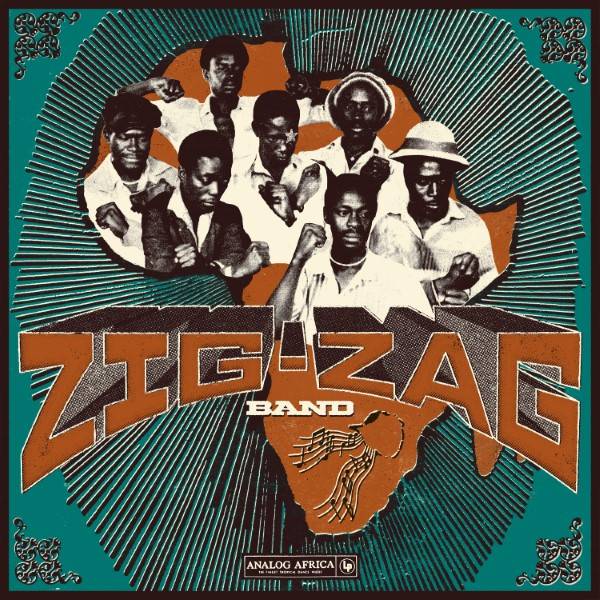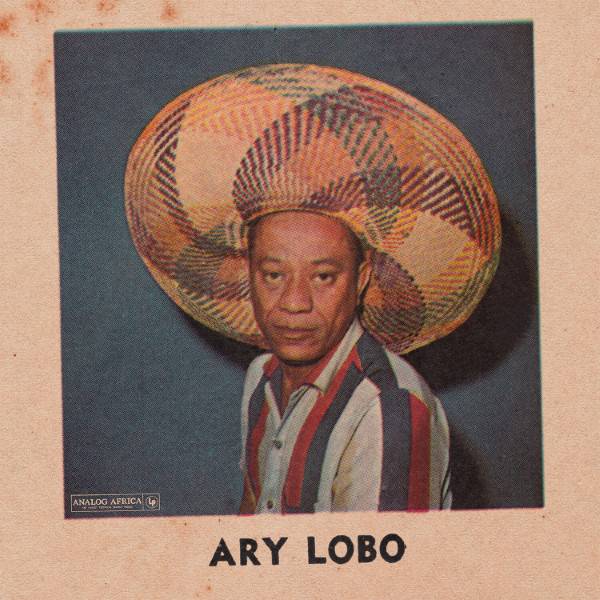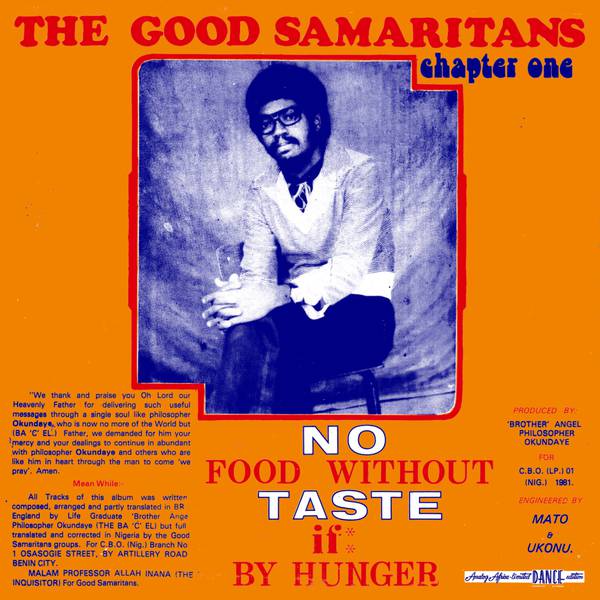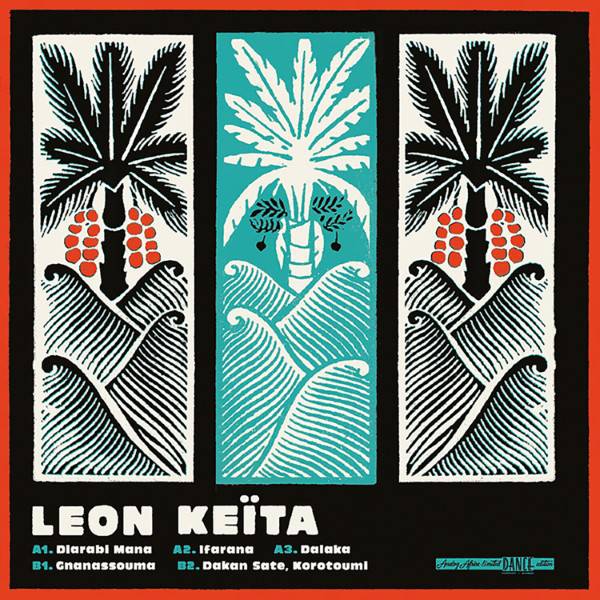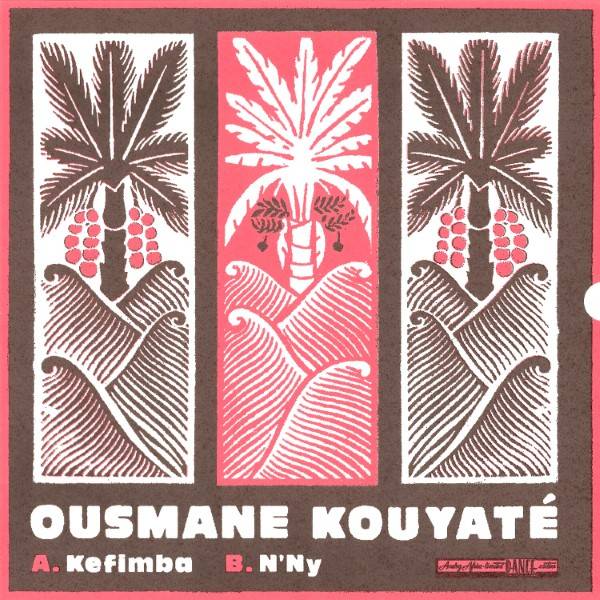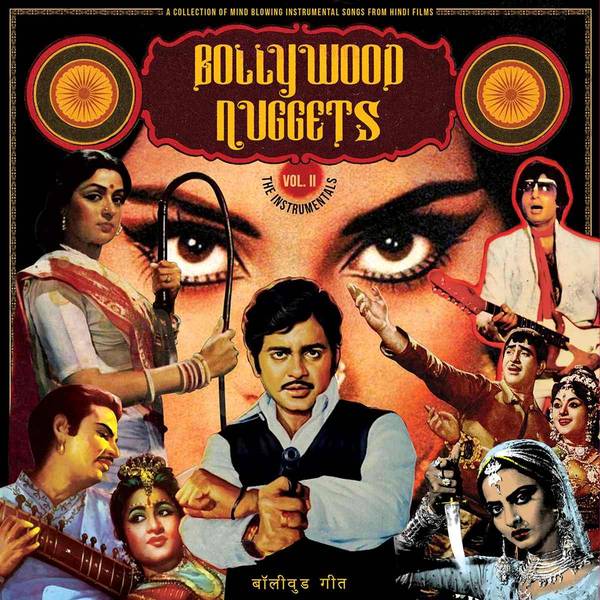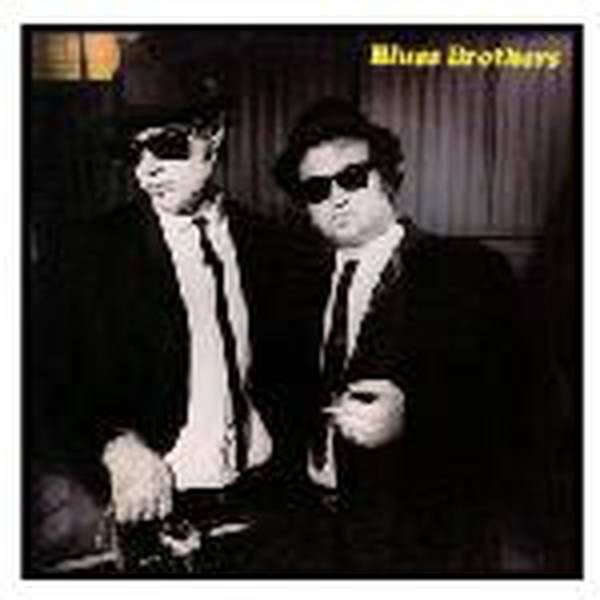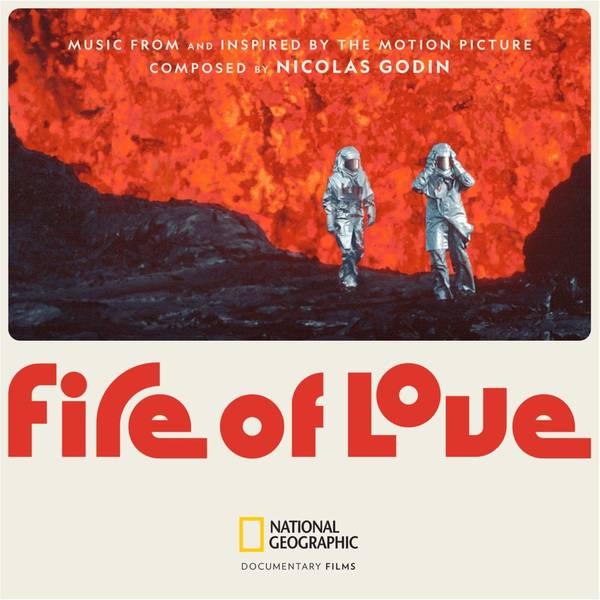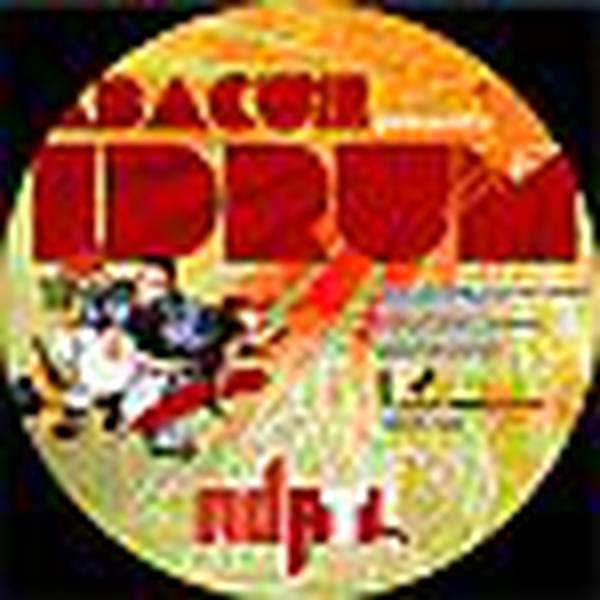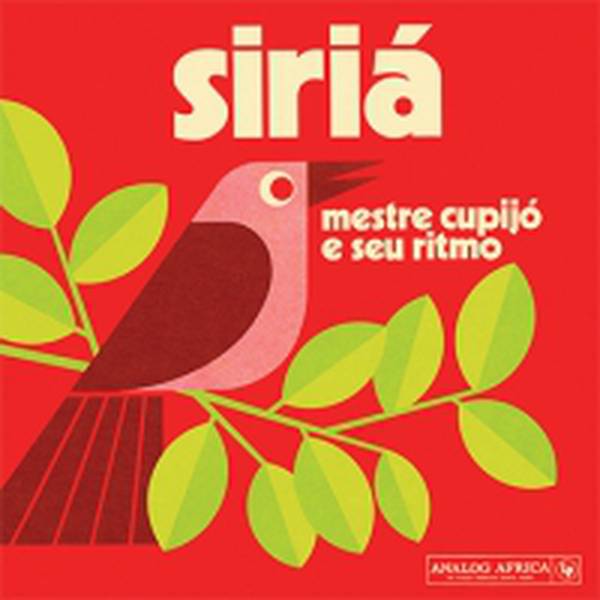
Tax included, Shipping not included
Brass heavy music from the Amazon. Tracks selected from Mestre Cupijó’s 6 studio albums. Check!
Cametá, a historical little Amazonian town on the shores of the river Tocantins, is the birthplace of the scorching music known as “Siriá”; a cross pollination between the music of the inhabitants of the Quilombos, (a Brazilian hinterland settlement founded by escaped slaves of African origins) and the Indigenous People of the Amazon Rainforest. It is a breathing, pulsing, emphatic beat, and the modernised version of this local music, created by Mestre Cupijo, has been igniting street parties and traditional festivals across the state of Pará (Nothern Brazil) for decades. And at last in 2014, the combustible sound of Siriá will be celebrated internationally as the feverish, tropical sound of the summer!
Foretelling his talent to flow between cultures, Cupijó was named after a local river when he was born in 1936, into a family of musicians. His father, Mestre Vicente Castro, was also known as Mestre Sicudera, the musical director of Centennial Euterpe, one of Brazil´s oldest bands, founded in 1874.
At 12, Cupijó started to play the clarinet. He became proficient at piano, mandolin, and guitar, although the instrument that came to personify his sound was the alto saxophone. Waltz, mambo, bolero and an assortment of dance hall music became part of Cupijó’s repertoire, but it was Carimbó and Siriá, the music played by the black communities of Pará, that had the strongest impact on the young musician.
To grasp the soul of this music, Cupijo went to its source and lived with the Quilombolas community of the Amazon.
Upon his return, enriched by this life changing experience, he founded the band "Jazz Orquestra os Azes do Ritmo" with the goal of modernizing the folkloric music of the state of Pará.- and as witness on this compilation – this had explosive effects. His fresh new sound became the soundtrack to Cametá´s legendary Carnival and soon his troupe were invited to other festivals along the river. Transportation to these concerts was via small boats, where 3 or 4 musicians would share a vessel with their instruments tucked between their legs.
After the initial wave of enthusiasm, the first two LPs were recorded with rudimentary equipment in a dance club in Cametá. However it was the third attempt, recorded in a studio in Belém, which would trigger a phenomenal success. "Caboclinha Do Igapo" and "Mambo do Martela", included on this record, became instant hits. A year later "Mingau de Açai", one of Cupijo´s most popular tunes, took the region by storm. In total 6 LPs were recorded by Mestre Cupijo.
He then created "Concurso de Musicas Carnavalesco de Compositores Cametaenses”, a contest for carnival music composers. The songs composed expressly for these contests in the 70s are still performed today during carnival season. In addition to evolving the Pará music culture in this way, he also owned a rudimentary soundsystem, "Musicolor", to spin the discs of local artists before his own shows to the frenzied crowds. Mester Cupijo proved himself a philanthropist as well as a conductor for the people’s music, and acted as a provisional Lawyer for the city of Cameta, specialising in help for the poor. He had a short spell in politics and was elected by a vast majority to the station of Municipal Councillor of Cametá.
Master Cupjó, the pillar of Pará's festive culture, and a humble pop icon who was ushered prominently into the country’s history books, passed away on September 25, 2012 at the age of 76.
Tracklist
Track 1
Track 2
Track 3
Track 4
Track 5
Track 6
Track 7
Track 8
Track 9
Track 10
Track 11
Track 12
Track 13
Track 14

